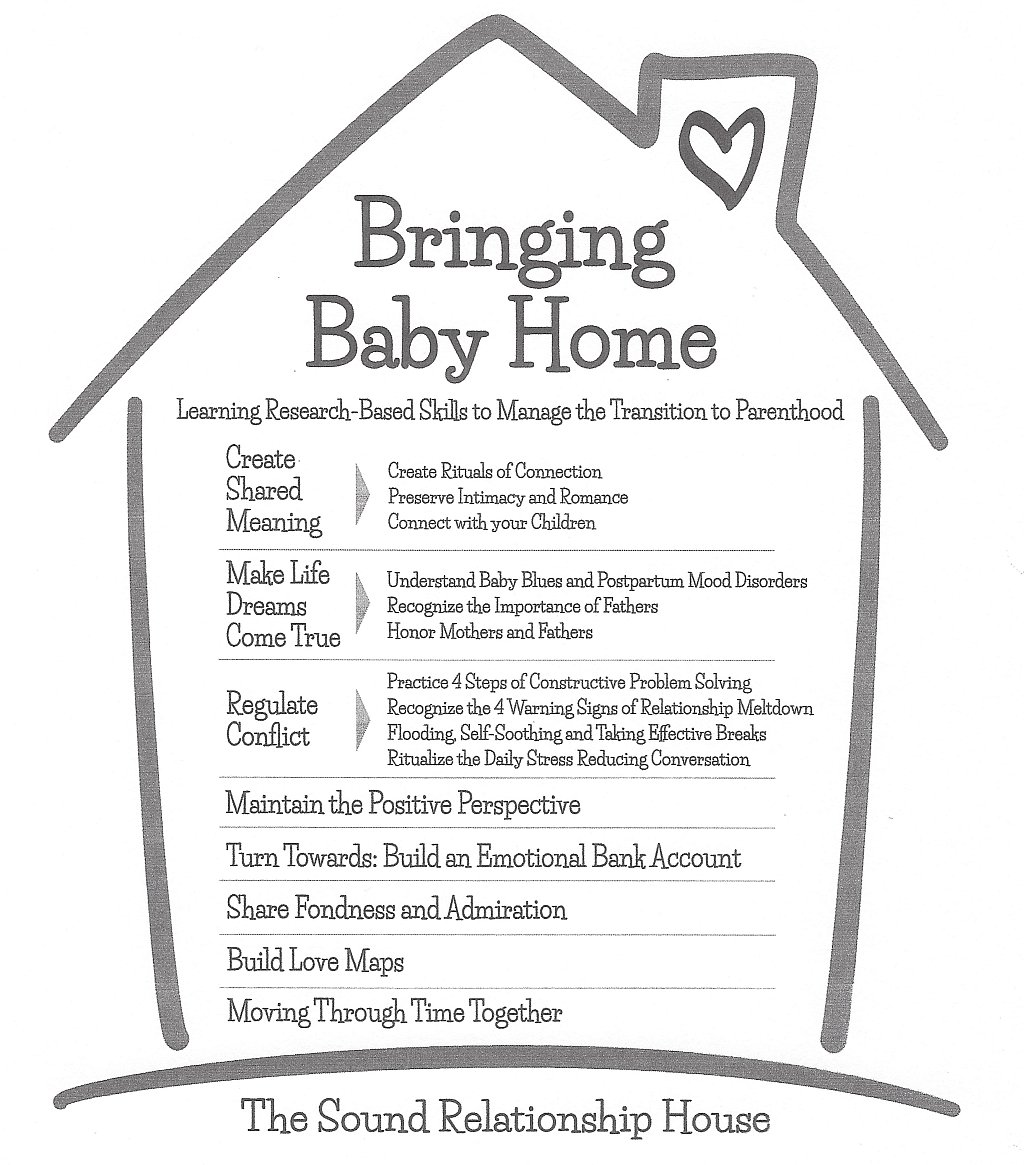tips to ease the transition to parenthood
Brining a baby home is the start of an exciting, yet sometimes overwhelming, new chapter for a couple. It’s a chance for both partners to grow in their relationship as they discover new ways of creating shared meaning and goals for the whole family. These changes can sometimes feel uncomfortable and create conflict within the romantic relationship. Research shows that there is often a dip in relationship satisfaction during the first three years of the transition to parenthood. Babies are messy and they can disrupt the stability and balance that couples create in their romantic relationship. Becoming aware of the common challenges that new parents face will better equip you for the messy journey ahead.
Here are some common challenges that couples’ face when bringing baby home:
Differences in Parenting Styles:
Bringing a baby home means that a new set of rules, expectations, and boundaries are needed to be created to account for this third person coming into the relationship. Couples sometimes disagree on what these rules should look like, which is often when conflict arises. Perhaps your partner wishes to try the “cry-it-out” method, and you have a different vision of how you want to handle the nighttime routine. Learning how to navigate these disagreements and reach a point of compromise is an important skill for new parents to develop. One method that has been proven to help, is implementing an “empathetic dialogue”. This means listening to understand your partner’s point of view, before offering a different approach. Try to see if you can understand why your partner feels and believes in a certain parenting style, and where that belief may stem from. Once you each have a better understanding of each other’s worlds, then you can open the door for a discussion of creating a “compromised” parenting style that feels right for both parents. It's important to note that couples' disagreements on parenting styles is very common and very normal. It highlights the parent’s desire to do what they believe is best for their child, which is a positive thing. Being open to the influence of a partner and your willingness to create shared family rules are two helpful tools in navigating this transition.
Intimacy changes:
Many couples struggle with exhaustion, sleep deprivation, and low sex-drive during this transition period. The demands the new baby brings on the couple can be exhausting, and the romantic relationship may fall on the backburner to make time for new parenting responsibilities. It’s important to create an open conversation about expectations for intimacy. Which includes more than just sex. Intimacy can come in many forms such as hand holding, cuddling, kissing, back scratches, etc. Find out the different ways your partner likes to experience intimacy, and workshop how the two of you can find little moments in your daily life to foster that connection. It’s crucial that you avoid criticism or judgment in the conversations about intimacy. Partners may be coming from very different places with individual struggles and concerns. Be patient with your partner and yourself during this transition. If you are concerned that you or your partner may take sexual rejection personally, it’s important to discuss these concerns openly. Have a conversation about how you can approach when one partner is “not feeling up to it” so that it does not lead to hurt feelings of rejection or misunderstanding on either side.
The transition to parenthood is a huge shift with inevitable challenges along the way. It is completely normal for couples to struggle with issues surrounding parenting styles, marital expectations, finances, household chores, and more. Although it may feel overwhelming at first, it is possible to create shared family goals, values, and rules that both parents are satisfied with. If you’re struggling with this transition and interested in learning more, book an appointment today for the research based Gottman technique “Bringing Baby Home”.
